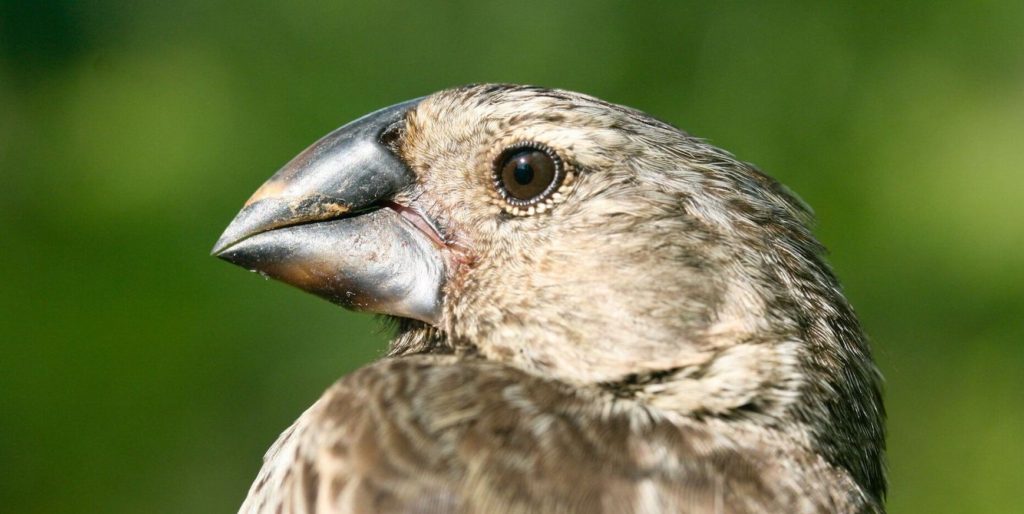What is Evolution?

Introduction
Evolution can be defined as change over time. But concerning biological evolution, the answer is so much more complicated than that.
As we start a new series on Creation and Evolution, I want to begin by emphasizing just one very important point. It is essential to understand that the word “evolution” is often used to describe two different kinds of change. This is critical, because it causes so much confusion.
The first kind of change is short-term adaptation. This can occur rather quickly, as genetic variations among individuals of a population can bring change to the entire group.[1] Second is long-term change of life from simple to complex over the course of millions of years. These two processes are very different from each other.[2] Let’s take a closer look.
Short-Term Adaptation
Genetic variation of individuals can lead to changes for an entire population. This can happen over the course of just a few generations.
Charles Darwin saw this in action when he studied a population of finches on the Galapagos islands. Some of the birds had small beaks, while others had larger, stronger beaks. As environmental conditions changed over time, some of the birds survived while others did not. For example, in times of drought, when the seeds the birds ate became harder, only the birds with the large, stronger beaks survived. After a few years of drought and several generations later, the only birds left in the group were birds with large beaks. In this way, that particular population of finches adapted to local conditions. This is called natural selection, or adaptation.
Darwin wasn’t seeing anything new, as natural selection was well understood at the time. Earlier scientists considered it to be a preservation mechanism. On the one hand, individuals with undesirable traits, such as deformities, would not survive. This kept the population genetically healthy. On the other hand, beneficial variation enabled a group to survive changing environmental conditions, as was seen in Darwin’s finches. This is why natural selection is also sometimes called survival of the fittest.
But Darwin developed a different idea. He shifted focus from the present to the past, which is very important to understand.
Long-Term Change
Darwin proposed that natural selection was not just a preservation mechanism, but also a creative mechanism. The idea was that given enough time, small changes will add up to large ones, taking life from simple to complex. Darwin called this descent with modification, and the tree of life model was born, in which all of life on earth is descended from a single common ancestor in the distant past. This idea became known as Darwinism.
Later, when genetic mutation was understood to cause variation, Darwinists embraced mutations as the source of new genetic information needed for long-term change. Neo-Darwinism became the idea that natural selection acting on random mutations, over long periods of time, is responsible for the existence of all of life on earth descended from that single common ancestor.
Conclusion
The same term “evolution” is often used to describe two very different processes in a confusing way, and it is important that we understand this.
For example, a textbook might support the idea of evolution by citing examples of natural selection. No one challenges natural selection. But the same textbook might go on to claim that since natural selection is well established, then so is Darwinism. That is, if “evolution” is true, then all of what evolution means is true.
We need to recognize this when we see it and respond by saying: Not so fast. It’s more complicated than that. Yes, natural selection is well established. But Darwinism is different. Darwinism is highly controversial even within the scientific community, and for good reason.
We’ll discuss more of this in our next post when we ask: Is evolution science?
[1]For the purposes of this discussion I am assuming a population of animals. But the same would hold true for other kinds of life.
[2]In an effort to distinguish the two types of “evolution,” short-term adaptation is sometimes called “microevolution.” Long-term change from simple to complex is sometimes called “macroevolution.”